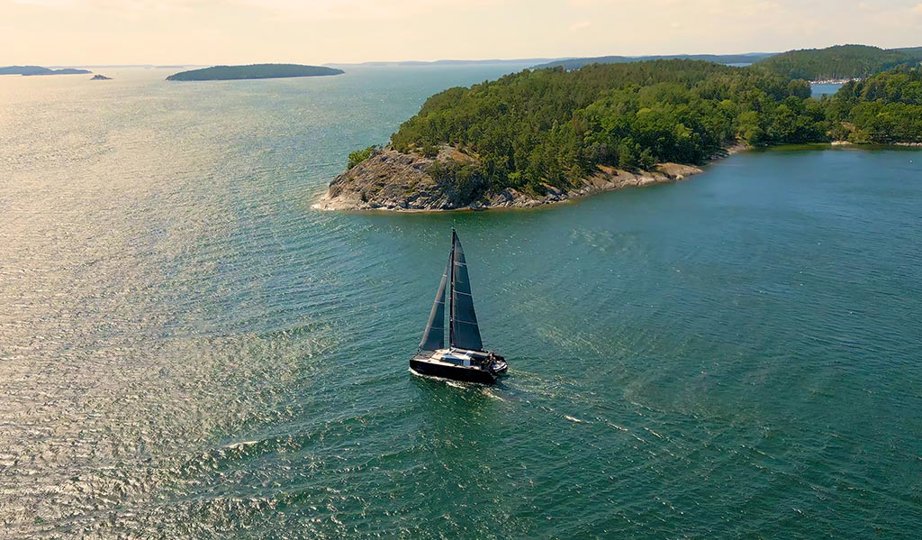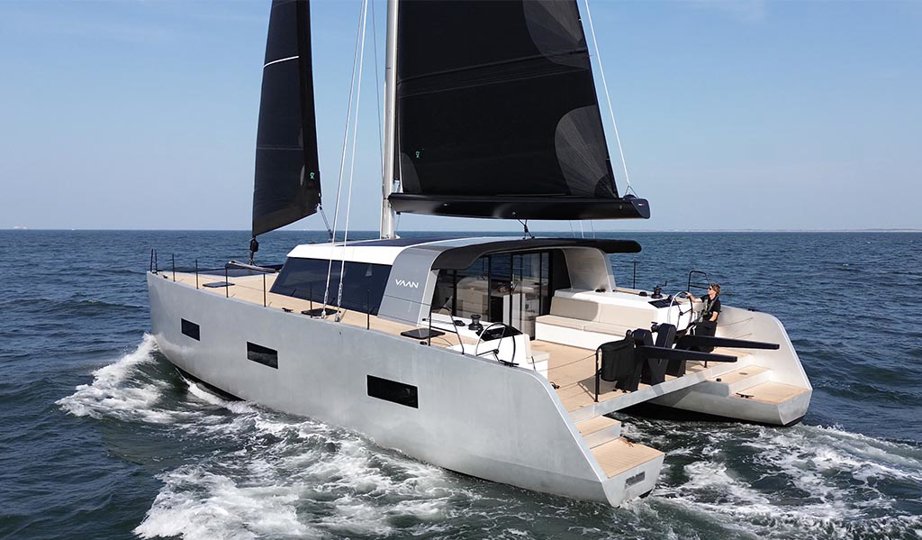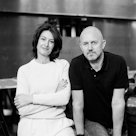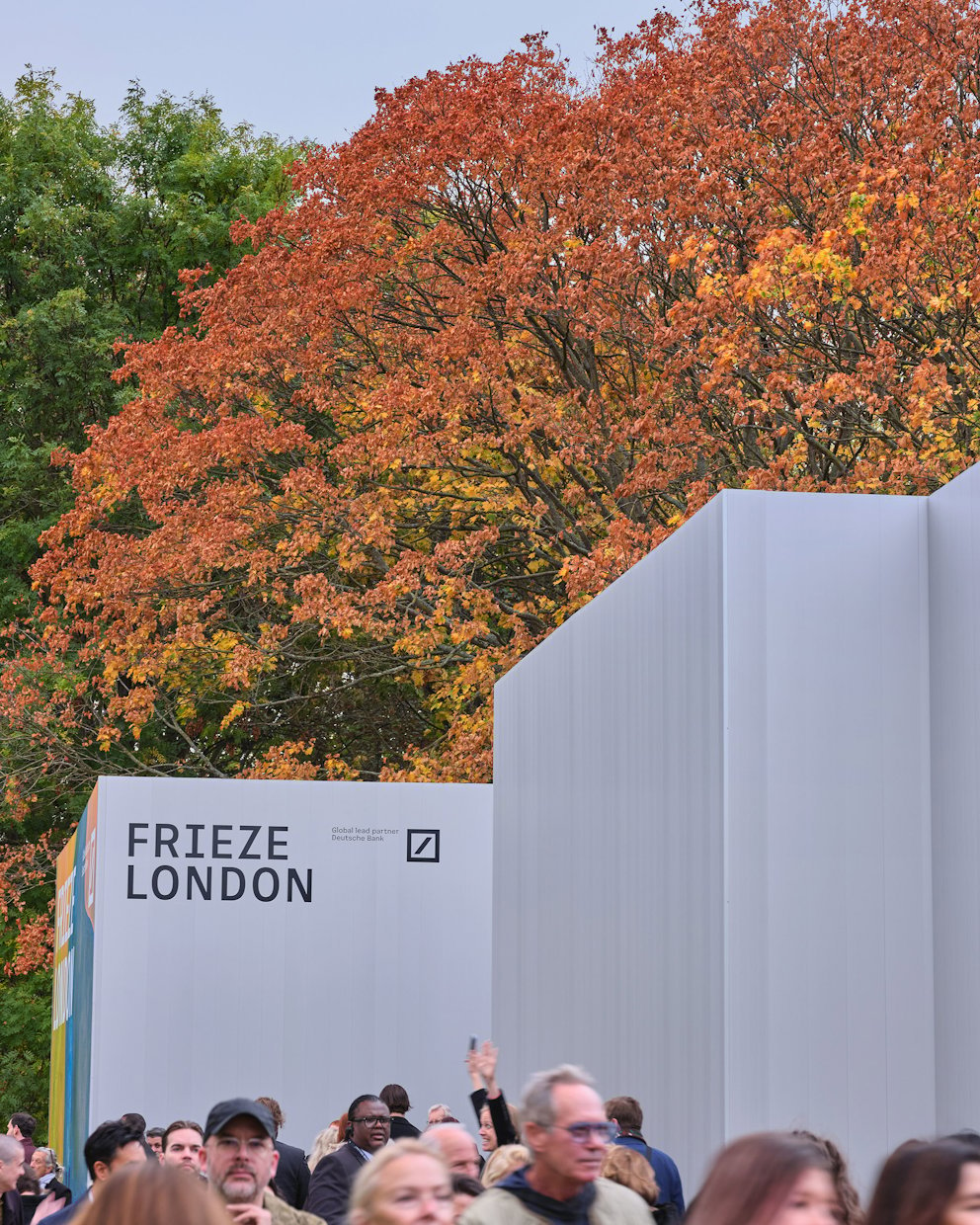Igor has a background in sailing and together we wanted to take it up again a few years ago. Our dream had two conditions: the boat had to be spacious and its impact on the planet should be as minimal as possible. This we were unable to find in the market of the time.
As we delved further into the subject, we were gripped by the status of sustainability within the industry. Every year, 80,000 boats reach their end-of-life in Europe. These are scrapped and burned, causing massive CO2 emissions. Only the remaining 3% are properly dismantled.
We saw a gap in the predominantly, traditional yacht industry and became determined to create the circular sailing solution that had been missing until then.

Sustainable design from the drawing board
When drafting the first sketches of our R4 yacht, we opted for designing a catamaran as speed, stability, and spaciousness are key elements of this type of watercraft. The R4 formed the basis for later models. What all designs have in common is that sustainability is a prerequisite, a process that starts at the drawing board.
When deciding on materials for components, we look for a combination of material strength, cost, and aesthetics – all while keeping collaboration along the entire value chain and product performance in mind. We use natural, recycled or recyclable materials like cork and felt made from PET.
Besides sustainable materials, the Vaan yachts are fully electric, from induction cooking to electric propulsion. The batteries are charged from solar panels and the hydro-generating electric motors. If needed a customer can order a back-up generator and range extender.
Unexpected advantages of aluminium
The infinitely recyclable aluminium material is a cornerstone in our design. It meets the requirements we set for material choices in terms of cost, aesthetics, and strength. Each yacht contains 6,000-10,000 kg of Hydro aluminium, both in form of extrusions and rolled sheet. The extrusions are made of 75 low carbon alloy, which consists of 75% consumer scrap. The rolled sheet on the hull consists of a minimum of 60% post-consumer scrap.

We opt to use all aluminium untreated or carefully sanded to create a matte ‘Vivid Alu’ finish. Reason being that the material itself is so smooth that it reflects the glimmering of the sea – a feature we want to highlight rather than hide. It keeps the weight to a minimum when compared to painted aluminium, and provides maintenance benefits such as easy cleaning, repairing scratches by re-sanding.
Another unexpected, beneficial feature of the aluminium material we soon discovered was that it is completely soundless. Even though catamarans are prone to twist with the waves due to their two hulls, the interior does not creak and remains completely silent due to the rigidness and density of the aluminium material.
Guaranteeing circularity
Our customer base is incredibly diverse, but the common denominator is their commitment to a responsible lifestyle. At present, the Vaan yachts are made almost completely from recyclable materials. Our dream is to make the yachts completely circular. We believe that companies committed to sustainability should put their money where their mouth is. This could be in the form of introducing deposit money, by which we guarantee our customers that they can return their yachts back in the value chain in the future with its value retained.
When sailing with Vaan, we want to ensure that the only footprint you leave is the one on the beach. Pleasure and planet in elegant balance.









